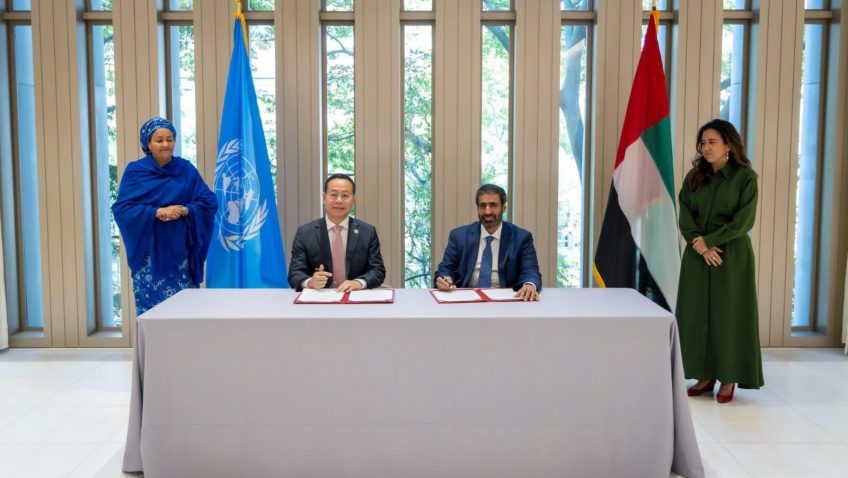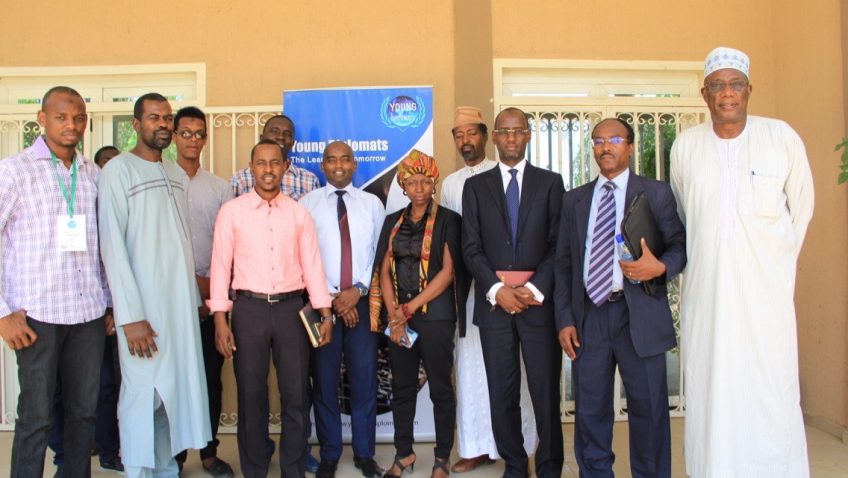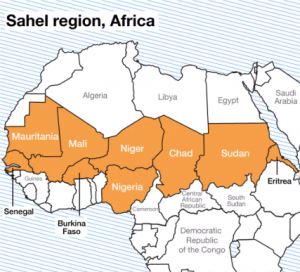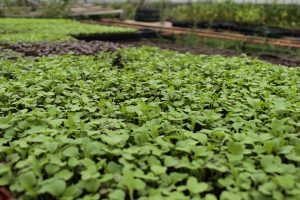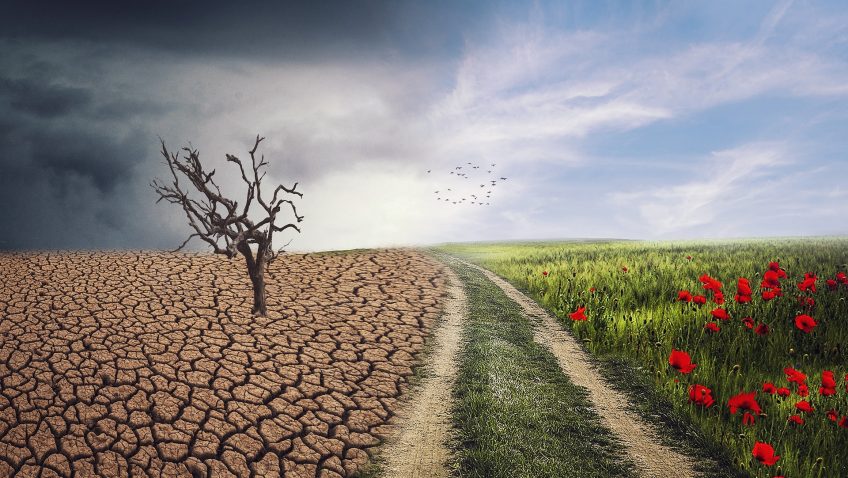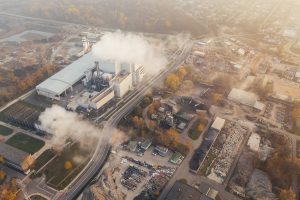NEW YORK, 22nd June, 2024 (WAM) — The United Arab Emirates has signed a key agreement with the Food and Agriculture Organisation of the United Nations (FAO) to address the humanitarian crisis in Sudan and prevent the imminent risk of famine. The agreement was signed on behalf of the UAE by Sultan Al Shamsi, Assistant Minister for International Development Affairs, and on behalf of FAO by, Guangzhou Qu, Director of the FAO Liaison Office in New York, at a special ceremony in New York at the UAE Mission to the UN in New York, and in the presence of Lana Nusseibeh, Assistant Minister for Political Affairs and Envoy of the Minister of Foreign Affairs and Amina Mohammed, Deputy Secretary-General of the United Nations.
FAO has received US$5 million in funding from the UAE, which will be directed towards the project titled ‘Mitigating Famine in Sudan – Support to Conflict-
Affected Vulnerable Smallholder Farming and Pastoralist Households’. The FAO project, set to run for one year, aims to provide emergency crop, livestock, and veterinary assistance to 275,000 vulnerable smallholder farmer and pastoralist households, benefiting approximately 1,375,000 individuals.
It will offer 155,000 vulnerable smallholder farmer households, approximately 775,000 individuals, with emergency livelihood support. Additionally, the project aims to reduce livestock losses through prophylactic vaccination against transboundary animal diseases and deworming, targeting 2 million heads of animals, benefiting approximately 600,000 individuals, with at least 25 percent being women-headed households.
Nusseibeh said, “We must do everything in our power to halt a famine in Sudan. That is what this contribution aims to achieve. Providing emergency agricultural support, which will benefit around 1,375,000 people, can mitigate this risk and enhances the resilience of vulnerable farming and pastoralist communities. Women and girls face a disproportionate impact of the grave threat that conflict poses, which is why the UAE is ensuring that this contribution also includes a specific focus on female-headed households. This initiative not only addresses the immediate needs in Sudan, but contributes to sustainable development and long-term stability.”
AbdulHakim Elwaer, FAO Assistant Director-General and Regional Representative for the Near East and North Africa, stated, “We are grateful for the generous contribution from the UAE, which will significantly enhance our efforts to improve food and nutrition security in Sudan. This support is crucial to the FAO Humanitarian Response Plan 2024 objectives of reaching out to 1.8 million households, ensuring direct livelihoods for 9 million people in Sudan, and contributing to food production for the wider population. We are committed to making a tangible difference in the lives of the people we serve, and this contribution brings us one step closer to our goal in Sudan.”
This contribution is part of UAE’s $70 million commitment announced in April at the ‘International Humanitarian Conference for Sudan and Neighbouring Countries’ to UN agencies and humanitarian organisations to alleviate the severe humanitarian crisis in Sudan.

